In a world that rarely slows down, Bhutan offers a sanctuary for the soul. Life here moves at its own gentle pace, inviting you to explore earthly pleasures: traditional archery contests, centuries-old crafts, dishes of homemade cheese, and local chillies, alongside breathtaking treks and soothing hot-stone baths.
Yet there is another Bhutan, more mysterious, adorned with prayer flags fluttering across gorges and hilltops. It’s a place where nature meets deep-rooted spirituality, where soaring mountains and slow journeys create space for reflection, wonder, and awe. In Bhutan, every moment is an opportunity to reconnect with nature, culture, and yourself through adventures that thrill, landscapes that inspire, and experiences that restore.
Here’s your guide to 6 best places to visit in Bhutan that guarantees an unforgettable journey filled with culture, adventure, and awe-inspiring landscapes.
Also Check Out: Popular Tour Packages for Bhutan
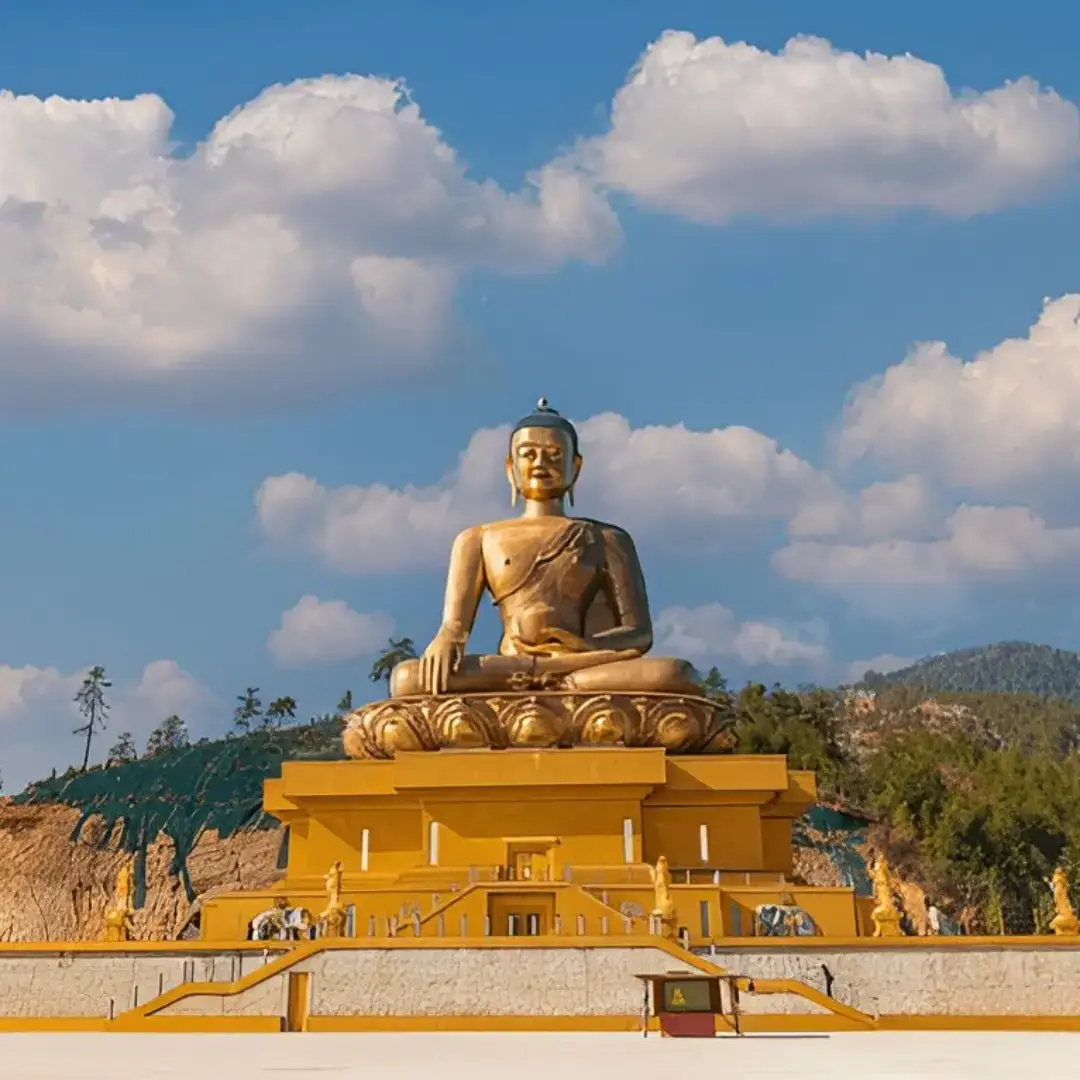
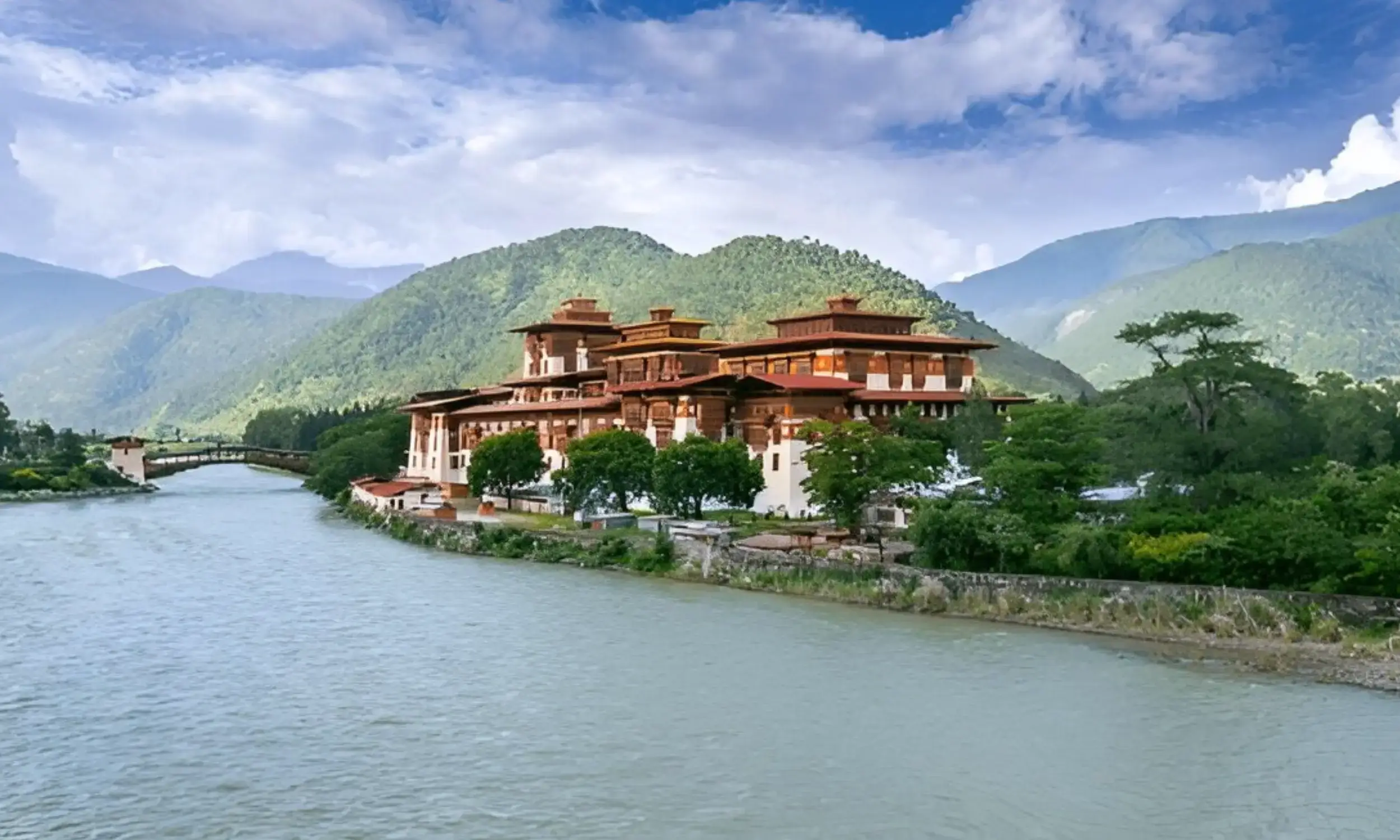
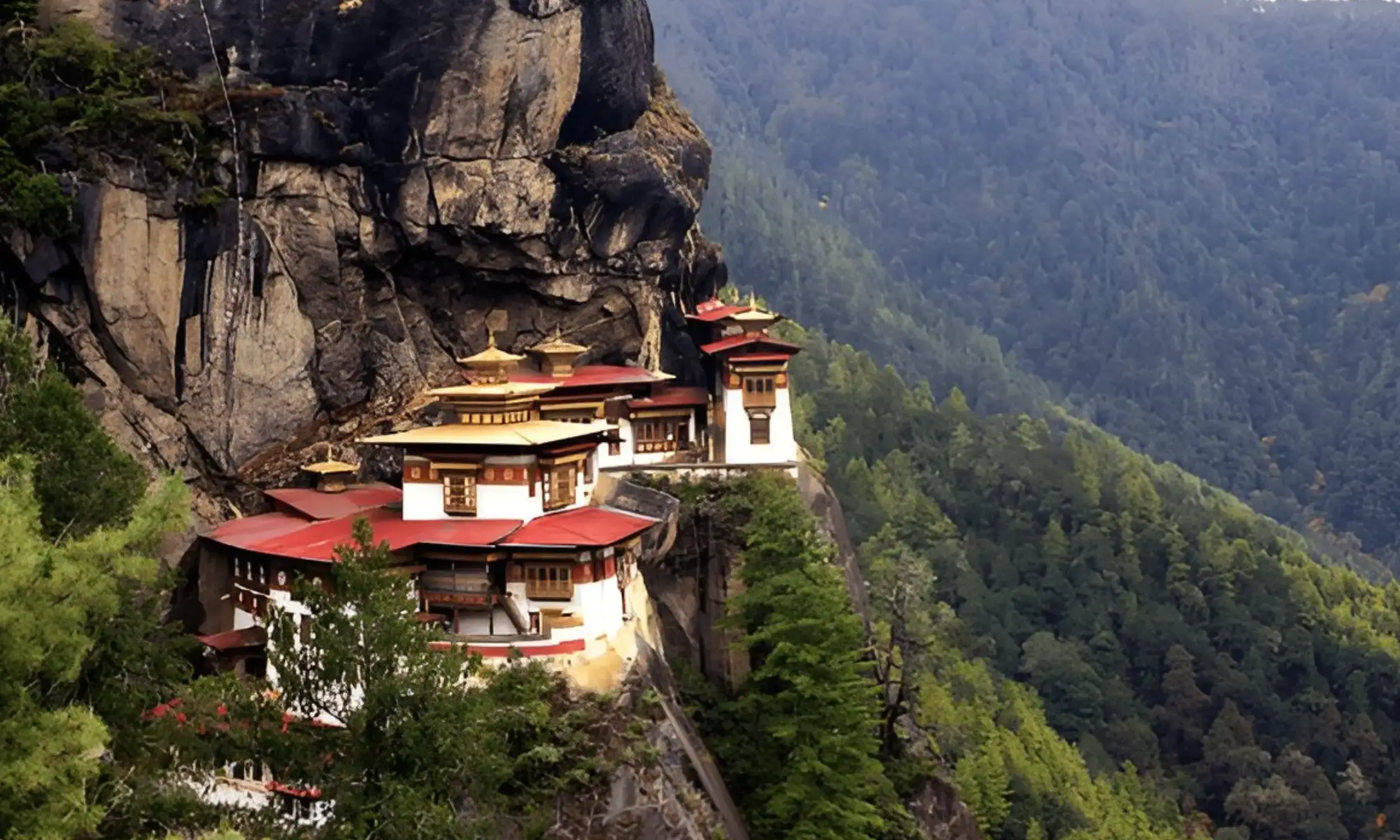
Paro Valley offers one of the most stunning introductions to Bhutan. It is historically significant, home to the country’s only international airport, and lined with traditional houses, rice paddies, and the winding Paro Chu (river). The serene valley floor provides a necessary contrast to the dramatic mountainous backdrop. The blend of its ancient temples, beautiful agricultural land, and proximity to iconic historical sites makes it a must-visit in any Bhutan tour.
Top Attractions in Paro
Taktsang Goemba/Paro Taktsang (Tiger's Nest Monastery), Paro Dzong (Rinchen Pung Dzong), the ruins of Drukgyel Dzong, and the ancient Kyichu Lhakhang.
Top Activities
Hike to Tiger's Nest Monastery, enjoy a traditional hot stone bath experience, learn archery (Bhutan's national sport), and take gentle walks along the valley floor.
Top Festival (Tshechu)
Paro Tshechu (spring, dates vary). Famous for its vibrant mask dances and the displaying of a massive religious silk appliqué (Thangka/Thongdrol).
How to Reach Paro from Thimphu
Approximately 1.5 to 2 hours by car (54 km). The road is well-maintained and offers scenic views along the Paro Chu river.
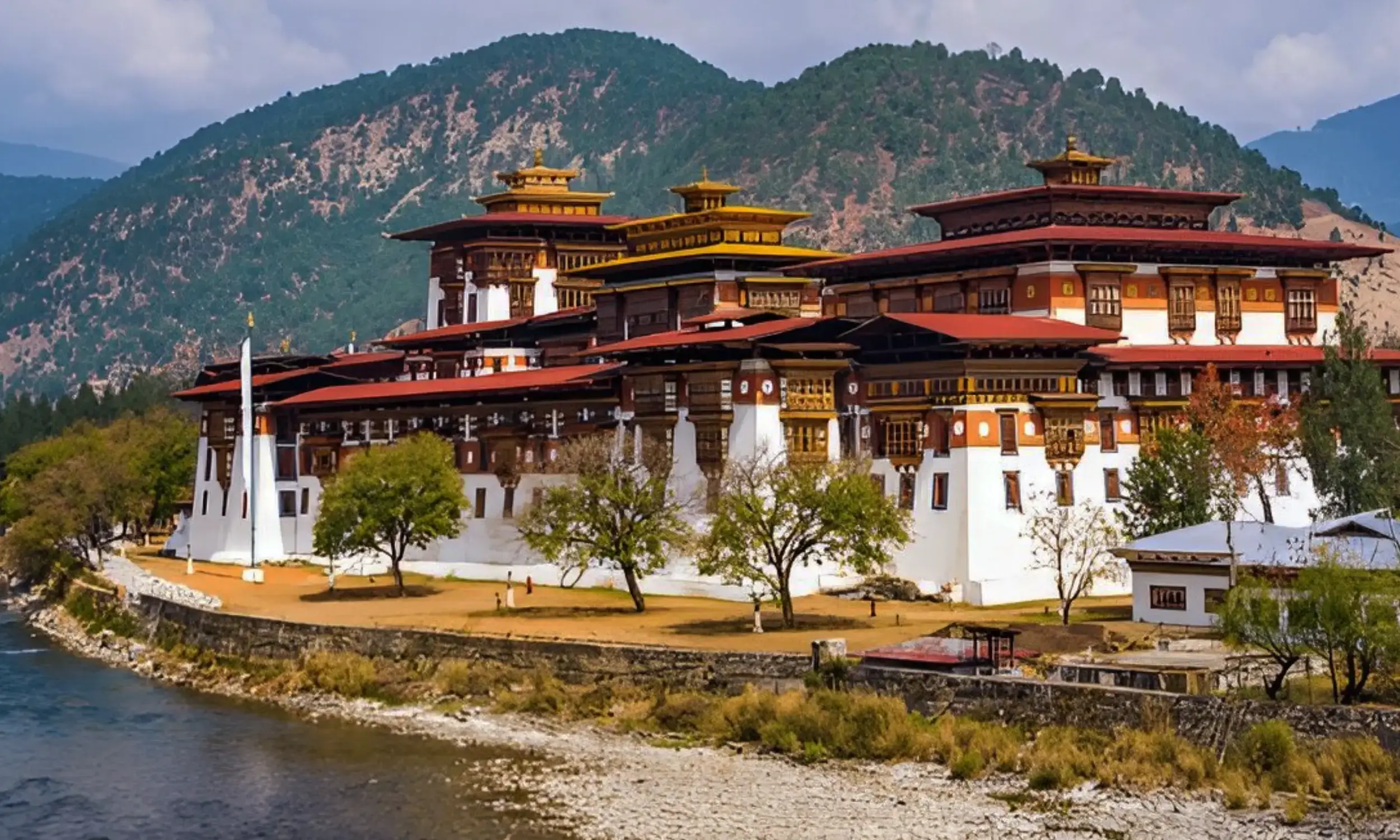
Punakha, the former capital of Bhutan until 1955, is geographically distinct from the high-altitude Paro and Thimphu valleys. Located at a lower elevation (around 1,200 m), it boasts a warmer, subtropical climate, making its valley lush and vibrant with farmlands and citrus orchards. Punakha’s significance lies in its history, its status as the winter residence of the Je Khenpo (Chief Abbot), and its stunning natural setting at the confluence of the Mo Chhu (Mother River) and Pho Chhu (Father River).
Top Attractions in Punakha
Punakha Dzong/Pungthang Dechen Phodrang (often called the most beautiful fortress in Bhutan, strategically built at the river confluence), Chimi Lhakhang (Temple of the Divine Madman), and the longest suspension bridge in Bhutan.
Top Activities
White water rafting (seasonal) on the Mo Chhu or Pho Chhu rivers, short hikes through rice fields to Chimi Lhakhang, and crossing the suspension bridge for stunning views.
Festival (Tshechu)
Punakha Drubchen (spring, dates vary). This unique festival reenacts the 17th-century battle with Tibetan forces.
How to Reach Punakha from Thimphu?
Approximately 2.5 to 3 hours by car (77 km), crossing the high-altitude Dochula Pass (3,100 m) en route. Plan for a stop here to enjoy the 108 stupas and mountain views.
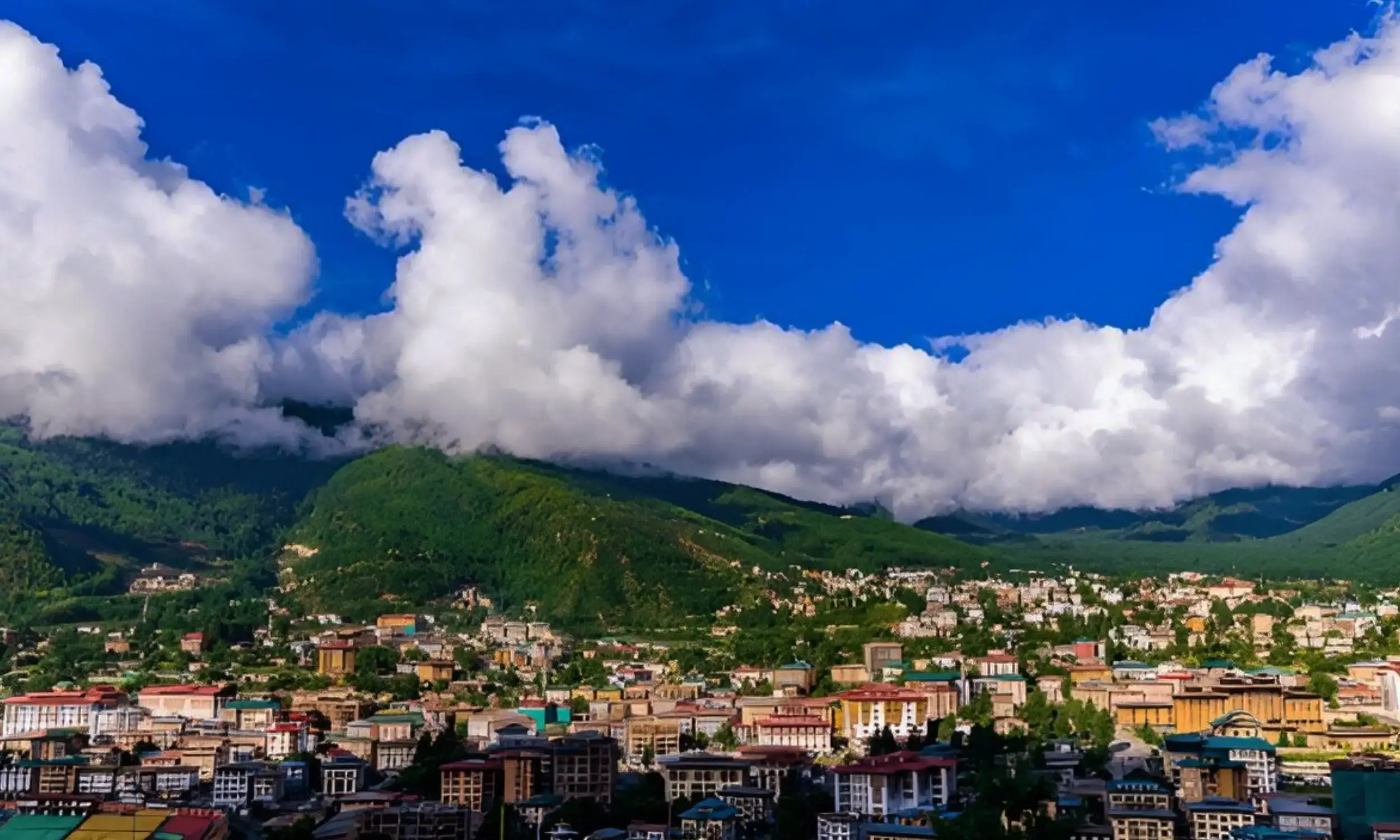
Thimphu is unique among world capitals. It’s the largest city in Bhutan, yet it retains a quiet, old-world charm; it is the only capital city in the world without traffic lights. Yes! Traffic is managed by white-gloved police officers. Thimphu serves as the governmental, commercial, and religious center of the kingdom, offering a fascinating blend of modernity and ancient tradition, all set within a broad, lush river valley. It's the perfect place to begin your Bhutan tour and cultural immersion before venturing into the more remote, picturesque regions.
Top Attractions in Thimphu
Buddha Dordenma (massive gold-plated statue with panoramic views), Tashichho Dzong (majestic fortress housing the king's throne and government offices), National Memorial Chorten, Folk Heritage Museum.
Top Activities
Shopping for local handicrafts, visiting the Centenary Farmers Market, experiencing local cafes, and hiking to monasteries like Tango and Cheri.
Festival (Tshechu)
Thimphu Tshechu (autumn, dates vary). One of the largest and most vibrant religious dance festivals, drawing thousands of spectators.
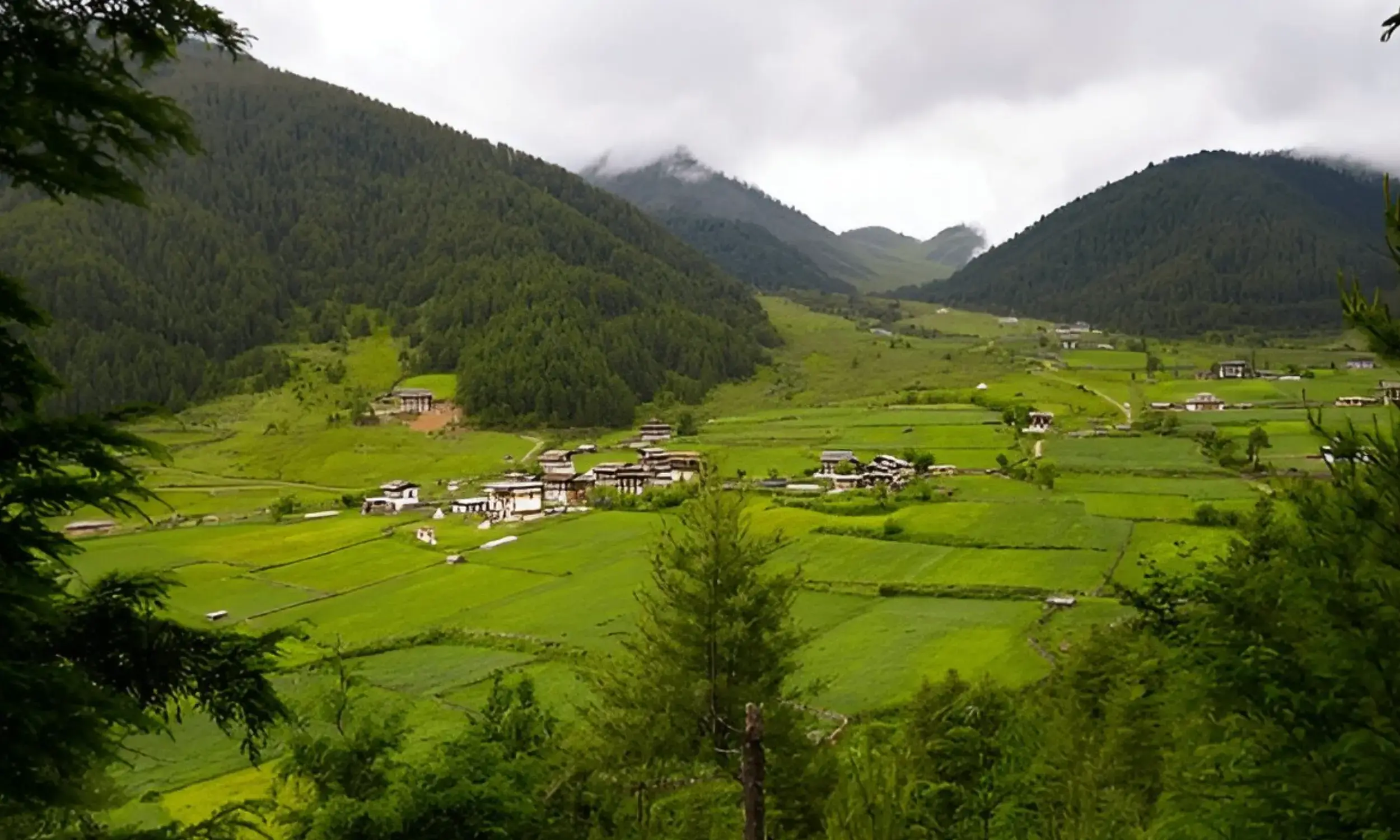
A vast, U-shaped glacial valley, Phobjikha is located on the western slopes of the Black Mountains. It’s famed for its stunning natural beauty, its status as a crucial conservation area, and its role as the winter home for the endangered, majestic Black-necked Cranes arriving from the Tibetan Plateau. The valley is largely marshy and undeveloped, making it a perfect offbeat place to visit in Bhutan that reflects the country’s deep commitment to environmental preservation. The atmosphere is quiet, rustic, and profoundly serene.
Top Attractions in Phobjikha Valley
Gangtey Monastery (Gangtey Goemba) (a significant Nyingma monastery overlooking the valley), the Black-necked Crane Information Centre, and the vast open landscapes of the marshy valley floor.
Top Activities
Birdwatching (in winter months, Nov-Mar), hiking the beautiful Gangtey Nature Trail (takes about 1.5 hours), and enjoying homestay experiences with local families.
Festival (Tshechu)
Black-necked Crane Festival (November 11th). Celebrated every year in the courtyard of Gangtey Monastery to raise awareness about crane conservation.
How to Reach Phobjikha Valley from Thimphu
Approximately 5 to 6 hours by car (150 km). The drive is long and traverses high passes, but the arrival in the quiet, rolling valley makes the journey worthwhile.
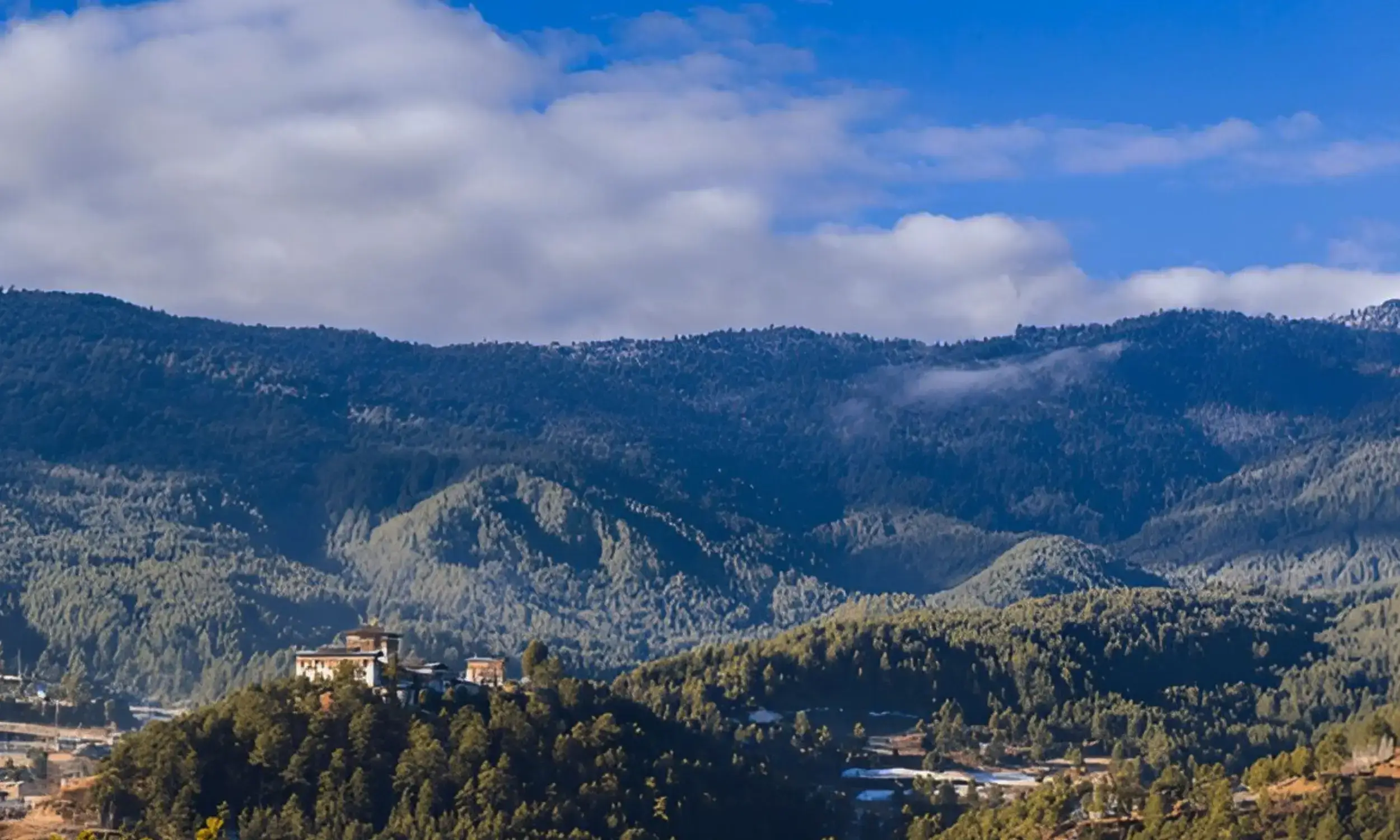
Bumthang, meaning "beautiful field," is a region comprising four valleys: Chokhor, Tang, Ura, and Chumey. Often referred to as the spiritual center of Bhutan, it is home to some of the oldest and most sacred temples and monasteries. The landscape here is characterized by gentle slopes, apple orchards, and buckwheat fields, making it another amazing offbeat place in Bhutan.
Top Attractions in Bumthang Valley
Jakar Dzong (Castle of the White Bird), Kurjey Lhakhang (where the body print of Guru Rinpoche is preserved), and Jambay Lhakhang (one of the two oldest temples in Bhutan, dating back to the century).
Top Activities
Sampling local "Red Panda" craft beer, walking between the ancient temples in Chokhor Valley, visiting the local cheese factory, and exploring the traditional textile weaving in Chumey.
Festival (Tshechu)
Jambay Lhakhang Drup (autumn, dates vary). Famous for its spectacular "fire dance" and the unique Naked Dance (held at midnight, viewed only by the pious).
How to Reach Bumthang Valley from Thimphu
Approximately 8 to 10 hours by car (260 km). This is a full-day, scenic journey. Domestic flights from Paro to Bathpalathang (Bumthang) are also available (approx. 30 minutes).
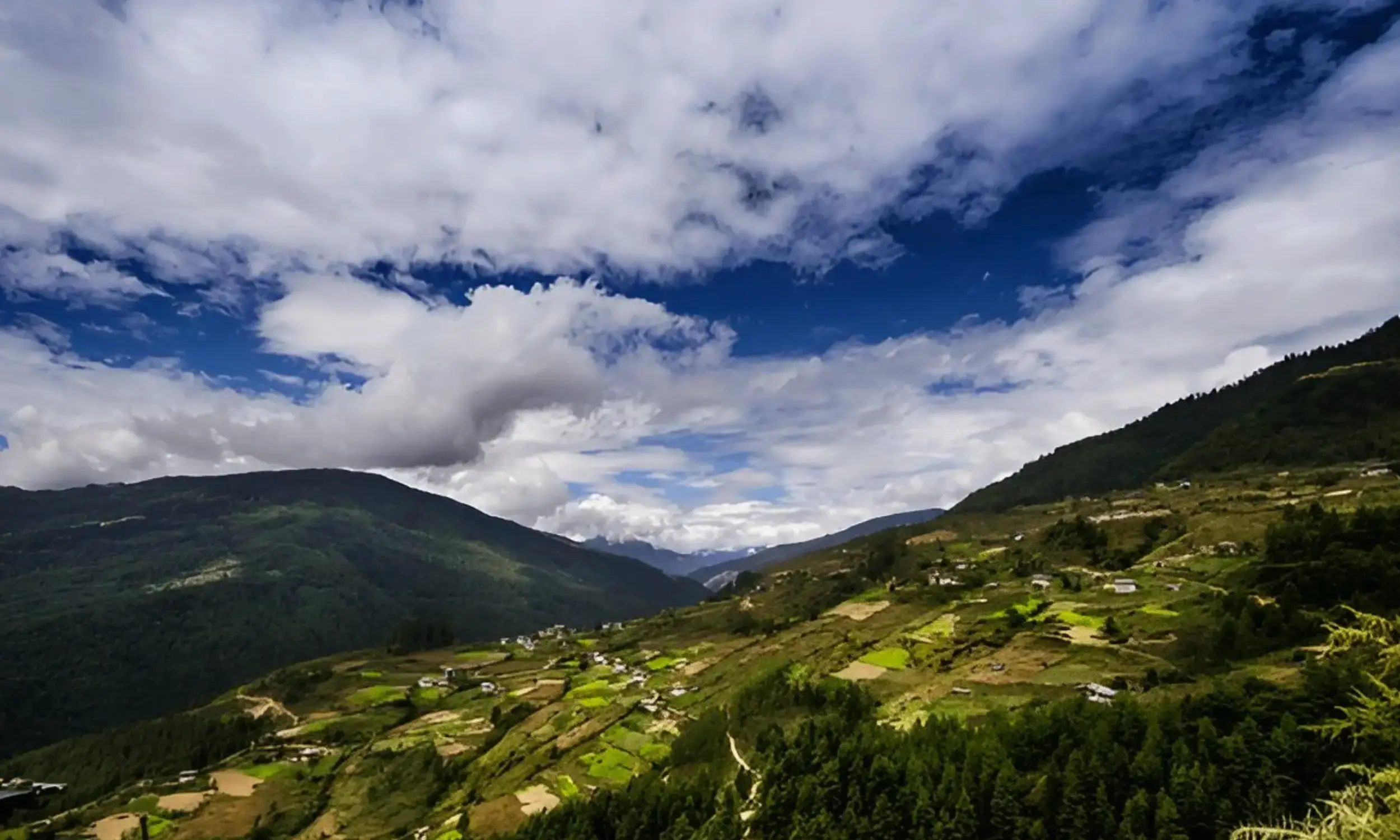
One of Bhutan’s most recently opened tourist places, Haa Valley offers a glimpse into traditional, pastoral Bhutanese life. Nestled close to the Tibetan border, the valley is surrounded by pristine alpine forests and snow-capped mountains. The valley floor is home to ancient temples and monasteries in Bhutan, most notably the Lhakhang Karpo and Lhakhang Nagpo. Its isolation has helped preserve a unique culture, making it a fascinating and authentic destination for travelers seeking genuine tranquility and untouched landscapes.
Top Attractions in Haa Valley
Lhakhang Karpo (White Temple) and Lhakhang Nagpo (Black Temple), the scenic Chele La Pass (connecting Haa and Paro), and the traditional Haa Dzong.
Top Activities
Hiking the surrounding mountain trails, mountain biking, exploring local villages, and attending archery contests with locals.
Festival (Tshechu)
Haa Summer Festival (July, dates vary). A celebration of local culture, tradition, nomadic lifestyles, and cuisine.
How to Reach Haa Valley from Thimphu
Approximately 3.5 to 4 hours by car (110 km). This route involves crossing mountain passes and is often combined with a drive from Paro via Chele La Pass.
Bhutan is a destination that truly rewards the traveler who seeks authenticity, peace, and cultural depth. You can stand in awe of the massive Buddha Dordenma in Thimphu, float past the fortress in Punakha, and gaze at the Black-necked Cranes in Phobjikha; every experience in Bhutan is guaranteed to be transformative.




